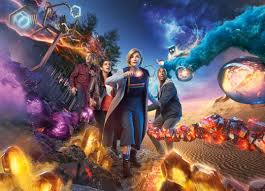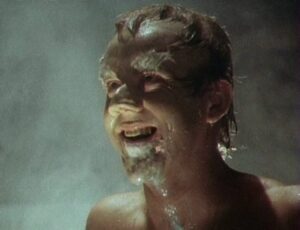Not me mind you, I grew up watching TV in the 60s and 70s. Episodic TV was normal for most of my life, but it is a relic of a time now past, and some people have trouble engaging with it.
I follow a number of podcasts where younger people watch movies and television and hearing their interaction with an episodic series like the original run of Star Trek is interesting.
Having known pretty much only serialized story telling where the events of earlier episodes influence or even drive the events of later episodes they are sometimes befuddled when the character don’t reach back and use solutions that they have already discovered. Or when the characters act surprised to learn some fantastic historical fact more than once. Such as ancient Greek gods were in fact visiting aliens, such as in original Star Trek episodes Who Mourns for Adonais and Plato’s Stepchildren. It is unnatural to their story consuming habits to treat each and every individual episode as a unique story independent of the others.
This is not a slight on them. Art changes and the art forms of earlier generations are rarely consumed or interpreted the same by following generations. I have seen people perplexed by Rick in Casablanca waiting so long to shoot Major Strasser unused to a production code that forbade the hero for shooting a man, even a Nazi, who had not yet pulled his weapon. Strasser must try to shoot Rick before Rick is justified in shooting Strasser.
It will be interesting to see what new evolutions in story telling confound and confuse future artistic consumers.





